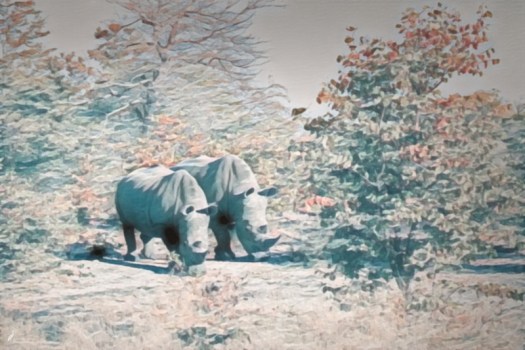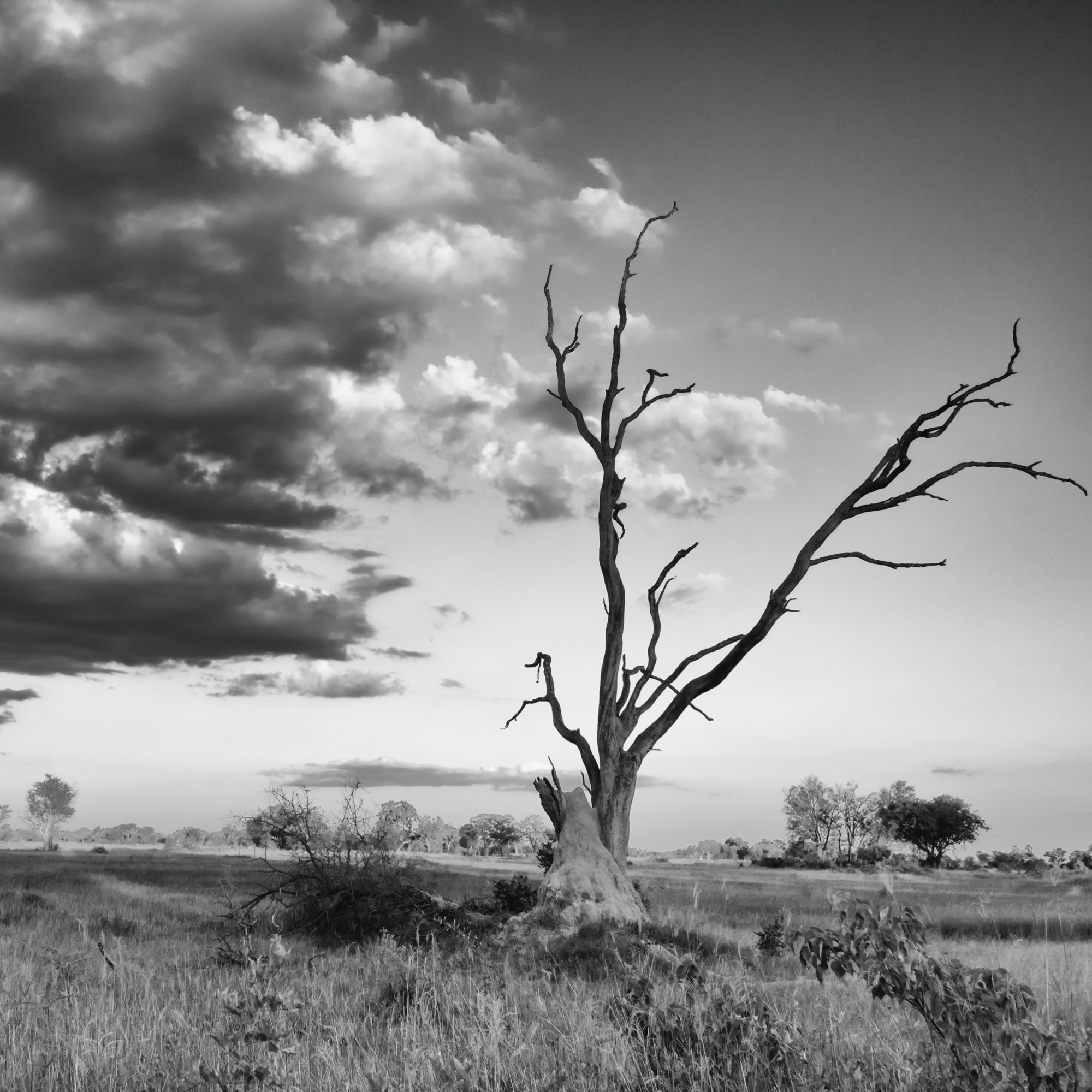Today is World Rhino Day, so I decided to combine that with my photo art project for the month, and edit some of the rhino images I took on my last trip.
I won’t go on and on about the plight of the rhino, and of the greed, arrogance and ignorance of humans that has fuelled their decline and cluttered news feeds with horrifying photos of poaching. Other people can do that far better than I.
I simply want to live in a world where rhinos can live in peace. And I will hold that thought in my mind and in my heart, and hope that it becomes a reality.
As with all the other posts in this series, these images were created from photos I took, modified primarily using Topaz Studio to create these effects.




























































